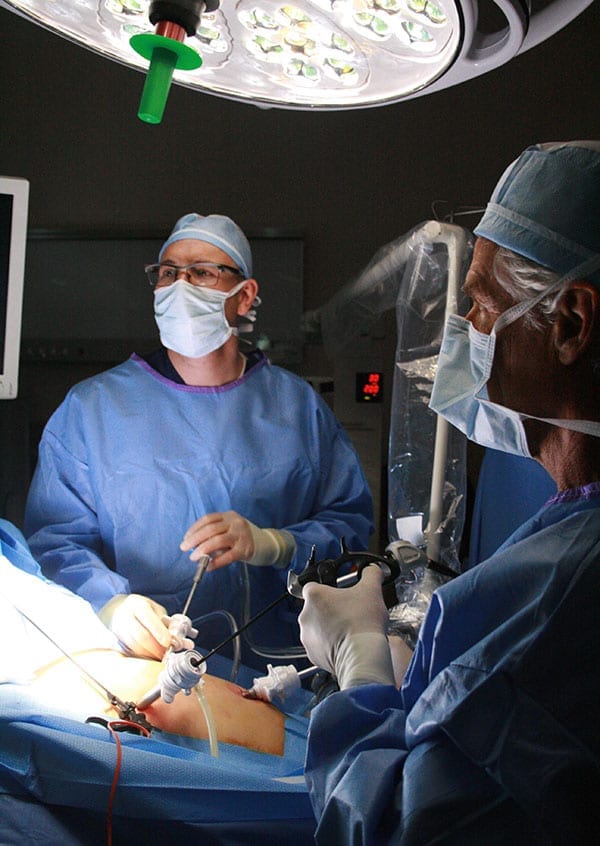Surgical excision of endometriosis is arguably the gold standard in the treatment of this disease. Other techniques have been found to be ineffective in completely eradicating endometriosis, resulting in disease persistence and recurrence of symptoms despite surgery.
An important question is why aren’t more gynecologic surgeons adopting excision as their technique of choice in the treatment of endometriosis?
The answer is three-fold: There is a lack of knowledge about the effective treatment of this disease, excision requires superior laparoscopic skill that many surgeons simply lack, and dedicating one’s career to perfecting the techniques required to perform complete excision places a considerable financial burden on the surgeon.


